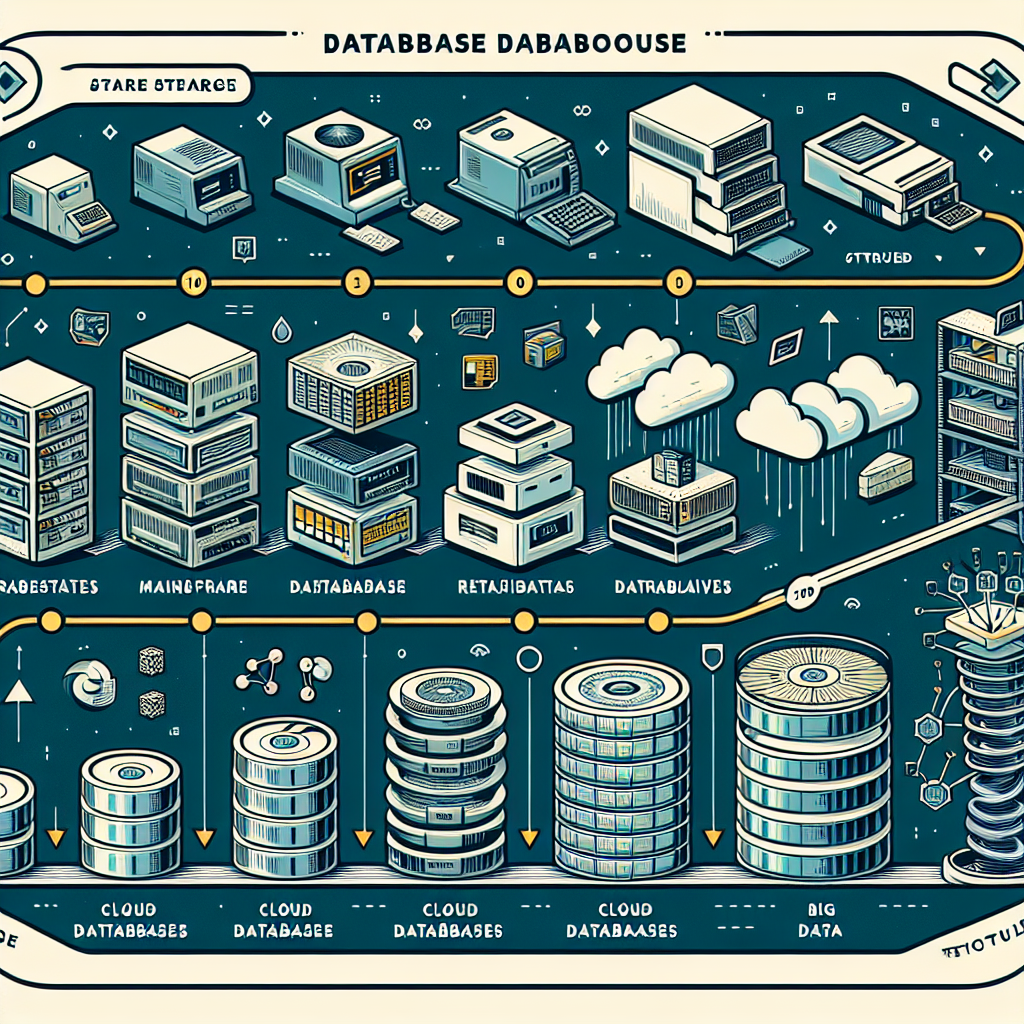Data centers have come a long way since their inception, evolving from simple data storage and management solutions to complex, high-performance systems that power vast amounts of digital information. As the demand for data storage and processing capabilities continues to grow, so too do the technologies that support these critical operations.
One of the key components of any data center is the database, which serves as the foundation for storing, organizing, and retrieving data. Over the years, databases have undergone significant changes and advancements, driven by the need for faster processing speeds, increased storage capacity, and improved reliability.
One of the most significant trends in data center databases is the shift towards cloud-based solutions. Cloud databases offer a range of benefits, including scalability, flexibility, and cost-effectiveness. By moving their databases to the cloud, organizations can reduce the burden on their internal IT infrastructure and take advantage of the latest technologies and innovations offered by cloud providers.
Another key trend in data center databases is the adoption of NoSQL databases. Unlike traditional relational databases, NoSQL databases are designed to handle unstructured data and provide greater flexibility and scalability. This makes them an ideal choice for organizations that need to store and analyze large volumes of diverse data, such as social media posts, sensor data, and multimedia files.
In addition to cloud-based and NoSQL databases, data centers are also embracing technologies such as in-memory databases and distributed databases. In-memory databases store data in RAM rather than on disk, allowing for lightning-fast processing speeds and real-time analytics. Distributed databases, on the other hand, distribute data across multiple servers or data centers, ensuring high availability and fault tolerance.
As data centers continue to evolve, it’s clear that the future of databases will be shaped by a combination of these trends and technologies. Organizations that want to stay ahead of the curve must be willing to adapt and embrace new ways of storing, managing, and analyzing data. By investing in the latest database technologies and staying informed about industry trends, businesses can ensure that their data centers remain at the forefront of innovation and efficiency.

Leave a Reply
You must be logged in to post a comment.